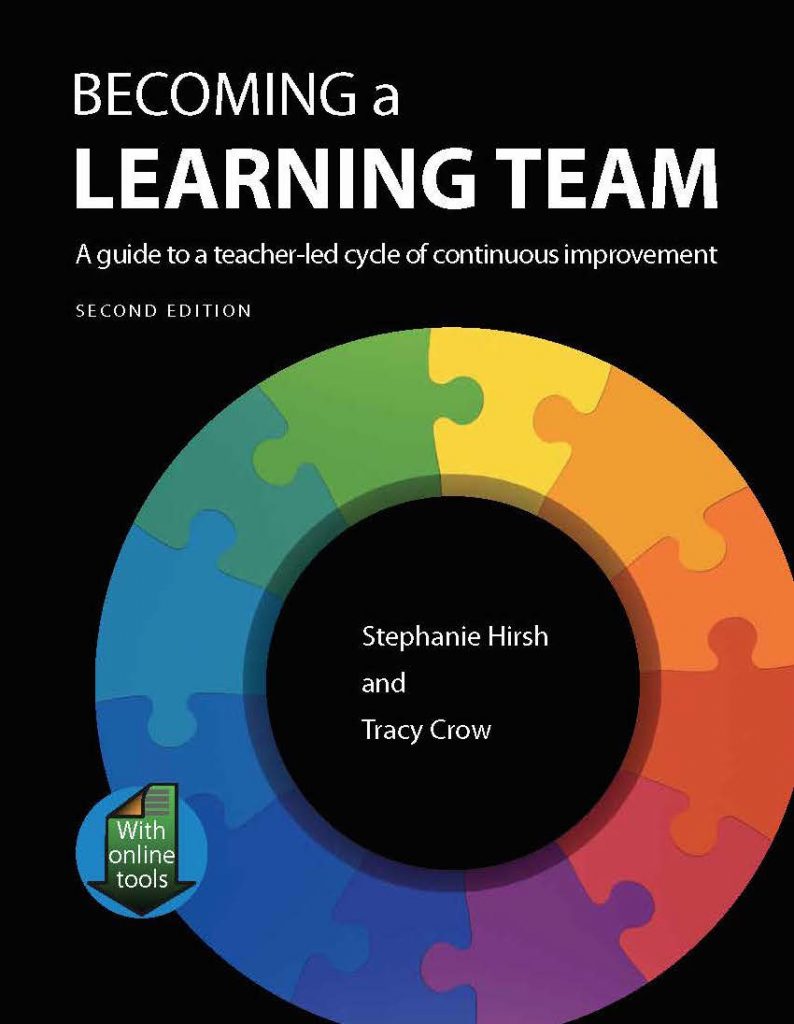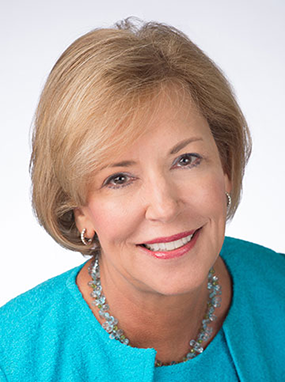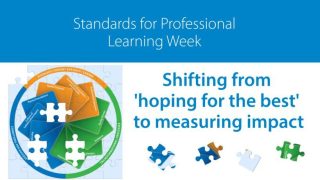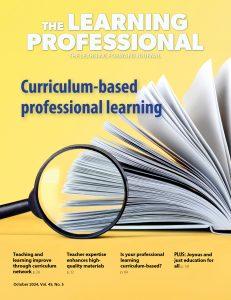While engaged in cycles of inquiry or improvement, teams may collaborate to write SMART goals for students but skip the stage of writing goals for themselves. However, a deliberate focus on educator learning with intentional goal setting is what makes a learning cycle particularly valuable for educators and is unique to Learning Forward’s team learning approach.
When teams do write their own goals, they will benefit from addressing more than educator knowledge and skills. In Assessing Impact: Evaluating Professional Learning, Joellen Killion (2008) outlines the various types of change that learning may impact. She introduces the KASAB model — knowledge, attitudes, skills, aspirations, and behaviors.
By considering all elements within KASAB as they set learning goals, teams create the potential for transformational change in schools. If educators identify only the knowledge and skills they will gain, they ignore the importance of their beliefs, expectations, and behaviors in teaching and learning.
Knowledge and skills tend to be the elements of learning educators typically address. Knowledge, for example, might be understanding deeply the content of the next unit in the science curriculum. In scanning the content, the teacher recognizes that her own knowledge about a particular aspect of thermodynamics doesn’t enable her to answer questions students may ask.
To address this gap, she could turn to a resource or a peer for a reading or explanation and thus fill her knowledge gap. If she wanted to address her skill with that same aspect of the unit, she is concerned with how to teach the content and will explore research-based pedagogy appropriate for the content. Knowledge is the what while skill is the how.
The behavioral element of KASAB is what teachers put into practice — how they apply what they know in classrooms with students. A measure of the effectiveness of professional learning is often whether teachers take their learning and use it to change what they do with students. While they may hold the knowledge and skill in their heads about what to do, if they can’t use the knowledge and skill to do something differently, their learning has fallen short.
Attitudes and aspirations are less immediately visible areas of learning. Attitudes are the beliefs educators bring to their work, both about their own efficacy and about their students’ abilities. If a teacher believes he has no power to improve his performance or that of his students, that belief will affect whether or how he changes.
Yet it is possible to change beliefs. When teachers see evidence that they can improve, they change their attitudes about their efficacy. When teachers achieve success with students as they use new skills and practices, their beliefs about what their students can achieve shift.
In the example of the science teacher preparing for a thermodynamics unit, she may hold a belief that she will do no better on that lesson in the future than she did last time. Once she recognizes that attitude, she may seek assistance in addressing it.
Aspirations are teachers’ desires or motivations related to their work. When they hold aspirations to teach in ways that help all students succeed, they demonstrate those aspirations through rigorous expectations for all. Their aspirations are not only for their students but also for themselves. They want to improve so that all students will achieve higher outcomes.
The aspirational element of learning, like attitudes, may be more difficult to articulate on a goal-by-goal basis, yet they are important to call out in any scope of learning. The engagement of educators in this learning cycle process will, over time, have a significant impact on aspirations and attitudes. At the same time, their willingness to engage deeply in the cycle demonstrates their eagerness to improve.
As educators look for evidence of learning along each aspect of KASAB, changed practices are easy to observe. Shifts in knowledge and skill will be evident in the practices that are applied. Changes in attitudes and aspirations may be more difficult to detect but can be evident in teachers’ persistence in addressing student misconceptions, their attention to every student’s engagement, and their interest to learn other ways to approach instruction to improve results.
Reference
Killion, J. (2008). Assessing impact: Evaluating staff development (2nd ed.). Thousand Oaks, CA: Corwin Press.
This article is adapted from the second edition of Becoming a Learning Team by Stephanie Hirsh and Tracy Crow (Learning Forward, 2018). Pre-order the new edition today for delivery later in June. For more information, visit the Learning Forward Bookstore or call 800-727-7288.
About the authors
Stephanie Hirsh is executive director of Learning Forward and Tracy Crow is director of communications for Learning Forward.







